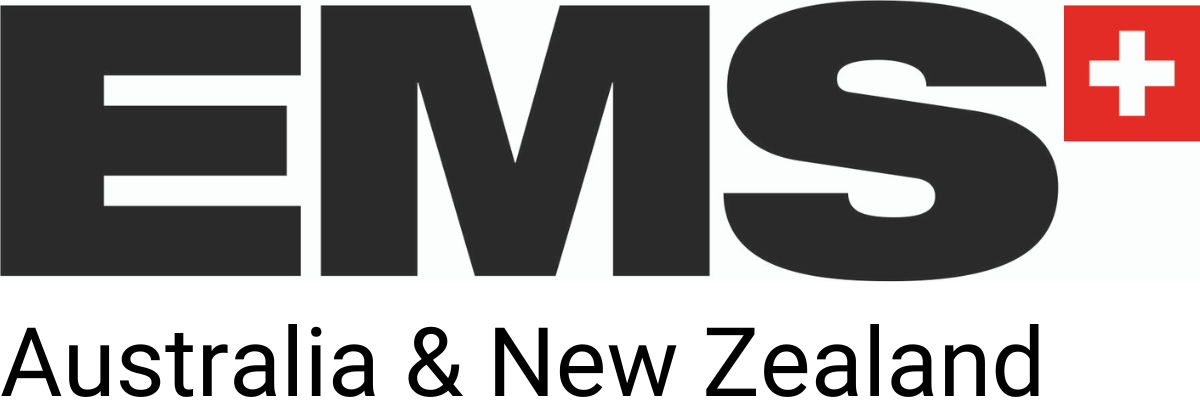
UPPER BACK PAIN
Tension-type headache (TTH) is characterized by a bilateral, pressing, tightening pain of mild to moderate intensity, and is the most featureless of the primary headaches.
Pathology
TTH can occur in short episodes of variable duration (episodic forms) or continuously (chronic form). Infrequent Episodic TTH (< 1 day of headache per month) usually does not require any medical treatment other than simple analgesics.
In contrast, both patients with Frequent Episodic TTH (ETTH; between 12 and 180 days of headache per year) and Chronic TTH (CTTH; at least 189 days of headache per year) may encounter considerable disability and warrant specific intervention.
The lifetime prevalence of TTH is approximately 78%, with 24% to 37% of patients suffering from TTH several times a month, 10% weekly and 2% to 3% of the population suffering from CTTH which usually lasts for the greater part of a lifetime.
Because many secondary headaches may mimic TTH, a diagnosis of TTH requires the exclusion of other organic diseases. In most patients, TTH develops from the episodic form to the chronic form, and prolonged peripheral nociceptive stimuli from pericranial myofascial tissues seem to be responsible for the conversion of ETTH to CTTH.
Radial shock wave therapy can be an effective element of Upper Back Pain treatment.
Side effects of Radial Shock Wave Therapy (RSWT®) using the Swiss DolorClast®
When performed properly, RSWT® with the Swiss DolorClast® has only minimal risks. Typical device-related non-serious adverse events are:
- Pain and discomfort during and after treatment (anesthesia is not necessary)
- Reddening of the skin
- Petechia
- Swelling and numbness of the skin over the treatment area
These device-related non-serious adverse events usually disappear within 36h after the treatment.
Treatment Procedure
Recommended Settings
| Recommended Settings | Treatment | Myofascial Therapy |
| Number of treatment sessions | 3 to 5 | 3 to 5 |
| Interval between two sessions | 1 week | 1 week |
| Air pressure Evo Blue® | 2 to 4 bar | 3 to 4 bar |
| Air pressure Power+ | 1.5 to 3 bar | 2 to 4 bar |
| Impulses | 2000 on the painful spot |
2000
|
| Frequency | 8Hz to 12Hz | 12Hz to 20Hz |
| Applicator | 15mm | 36mm |
| Skin pressure | Moderate 3 sides of the tendon | Moderate to Heavy |
Contraindications
The following contraindications of RSWT using the Swiss DolorClast® must be considered:
- Treatment over air-filled tissue (lung, gut)
- Treatment of pre-ruptured tendons
- Treatment of pregnant women
- Treatment of patients under the age of 18 years (except for Osgood-Schlatter disease and muscular dysfunction in children with spastic movement disorders)
- Treatment of patients with blood-clotting disorders (including local thrombosis)
- Treatment of patients treated with oral anticoagulants
- Treatment of tissue with local tumors or local bacterial and/or viral infections
- Treatment of patients treated with cortisone
Some indications may not be approved in the United States of America, under regulation by the US FDA. Please refer to the respective Instructions for Use.
